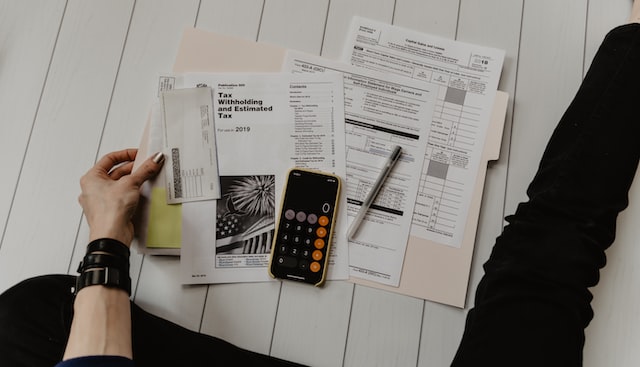1. How we use Present Simple

Master them to do your best
In the first part of the course, we’ll talk about food, how to prepare it, and what restaurants to choose. These are our everyday things, which we repeat quite regularly. To talk about them, we need Present Simple and Present Continuous. So, this lesson is due to make you remember the usage of these grammar tenses and exercise them. You may definitely skip this part if you’re sure you have enough knowledge of the tenses. Finally, you might want to download the PDF files with the rules and exercises, which are at the end of the first two lessons.
Present Simple
Read the text. Pay attention to the verbs in bold.
Lucas Jones is a 44-year-old miner. He leaves his house at 5.30 to go to work. His wife makes his lunch. He works for 8 hours. He doesn’t go to the surface to have lunch. Miners have their meals in the mine.
All the verbs in bold are in the present simple.
When we use the present simple
We use it:
- to describe daily routines (I get up at 6 every morning, start work at 8 and finish at 17.)
- timetables (The flight leaves at 16:00 every Saturday.)
- facts that are always true like natural phenomena or our own rules (It is usually cold in May in this part of the country. I never go sightseeing in high season because it’s too crowdy.)
In case with the verb to be, we use it for:
- Jobs. He is a barista.
- Places. The kids are at school.
- Ages. My mom is 56.
- States. This dress is new.
- Qualities. They are not lazy.
Always, usually, often, sometimes, never, every day/Monday/holiday, etc., regularly, etc., are the markers that indicate the Present Simple tense.
We form Present Simple by means of the V1 (do, write, go, read, etc.): They watch this channel every Sunday.
In case with the verb to be, we use its forms am (I am/I’m), is (he is/he’s, she is/she’s, it is/it’s), are (we are/we’re, they are/they’re, you are/you’re).
NB! In Present Simple active voice, the forms of “to be” DO NOT go together with any other verb concerning one and the same subject. WRONG: She is goes to school. RIGHT: She goes to school. She is a schoolgirl.
With the pronounces she, he, it and the words/phrases replacing them (a mother, a father, a table), the verb ends in -s (-es after -sh, -(t)ch, -s, -z): She watches this channel. Her brother speaks 3 languages. The sun rises in the east.
Negative sentences are made with auxiliary verbs do/does + not: We do not (don’t) study on Sundays. It does not (doesn’t) depend on me.
In case with the verb to be, negative forms are made with am / is / are + not: We are not (aren’t) students. My sister is not (isn’t) lazy. I am not (I’m not) a dancer.
Questions are made with the help of auxiliary verbs do/does which go before a subject, except if a subject is a question word. In this case a sentence has a direct word order like a usual sentence. Examples: Do you have enough time for your hobbies? Why does your brother ask so strange questions? Who pays for the services? Which colour suits best in this room? (In the las two sentences, “who” and “which colour” are the subjects of the sentences, that’s why we put main verbs after them).
In case with the verb to be, questions are made with am / is / are which go before a subject and after question words: Are they students? Is my sister lazy? Am I good at dancing? Who is (Who’s) best in sports in your class? What are your favourite colours?
Negative questions add a bit of a surprise: Don’t you know him? / Do you not know him? (Meaning: it’s surprising you don’t know him because he’s quite famous). Isn’t it strange that he says such things? / Is it not strange that he says such things? (Meaning: I’m surprised by the fact he says such things, it’s strange to me).
PRACTICE
To be or not to be
You have to complete three exercises on the usage of the verb “to be”.



If you aren’t something, you do something


Do the following exercises on “be” and other verbs. The next exercise is listening. Please, read the task carefully before doing it.
Mix them up
Now you’ll need to distinguish between “be” and other verbs. Please, be careful and read each sentence until the end before deciding on the verb.



Download
These PDF files will help you to remember the rules of Present Simple and Present Continuous tenses in concentrated form. They contain explanations, examples and practice of today’s lesson.
